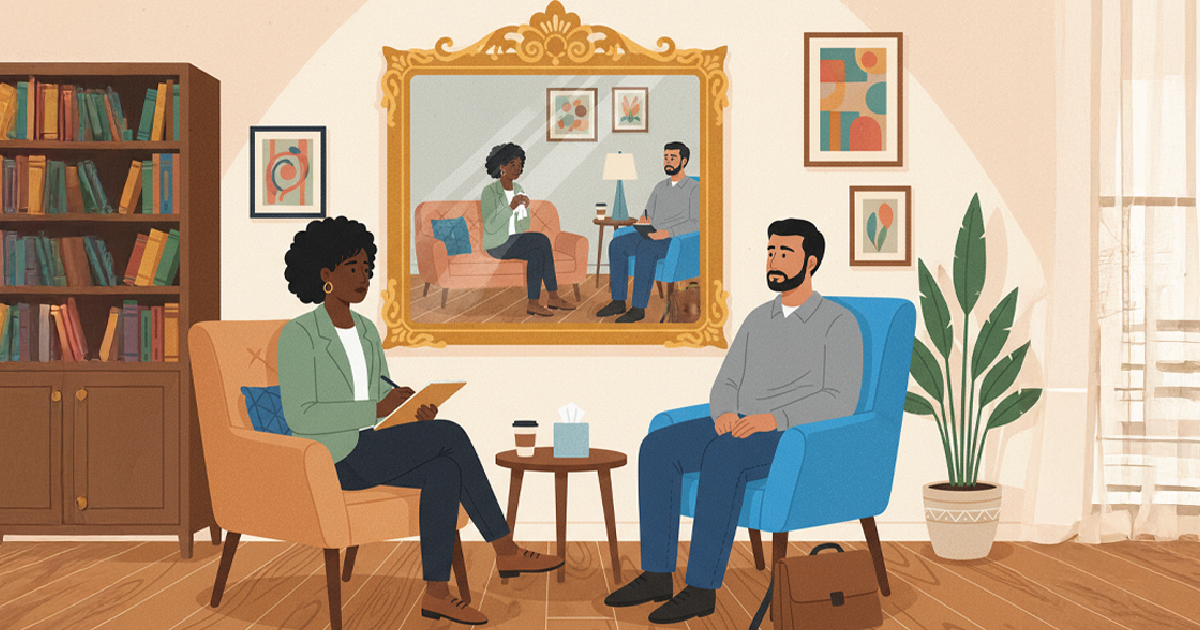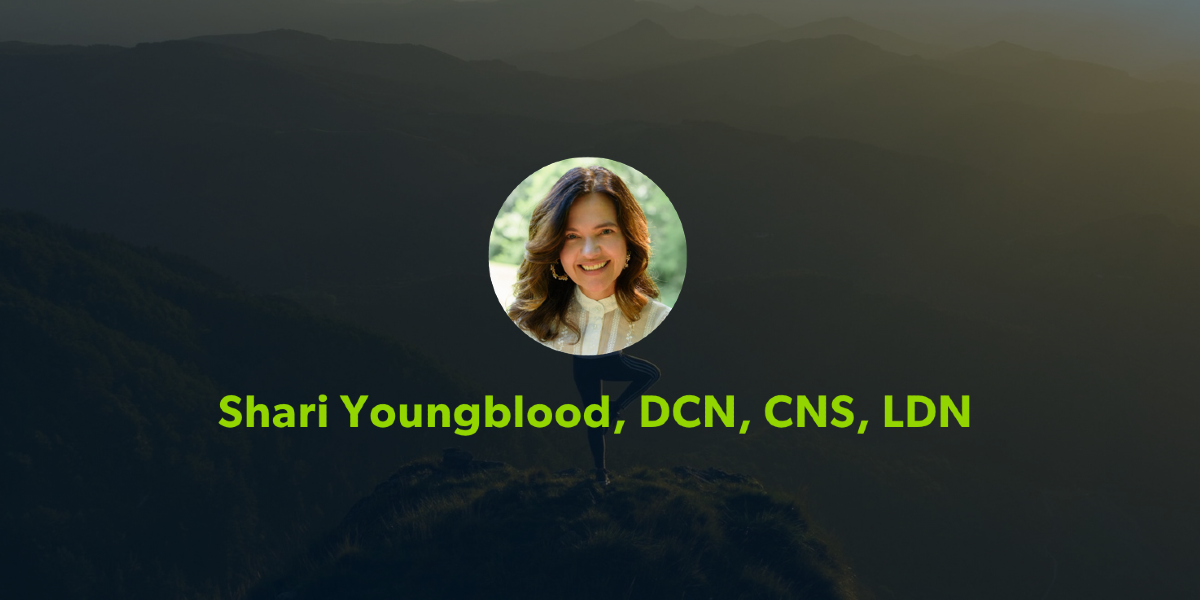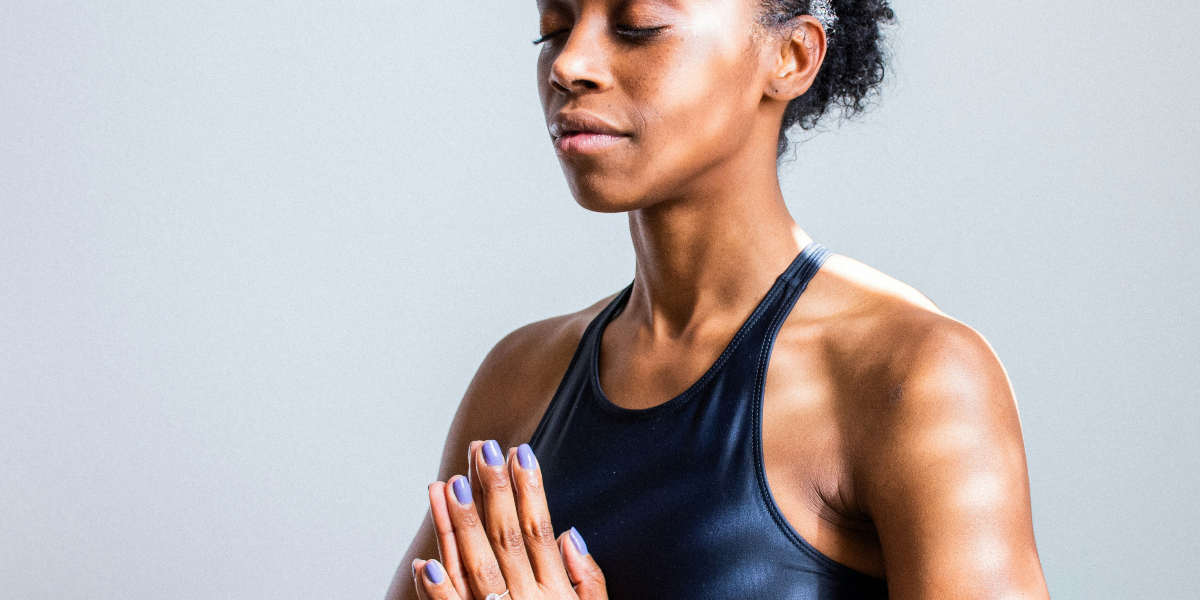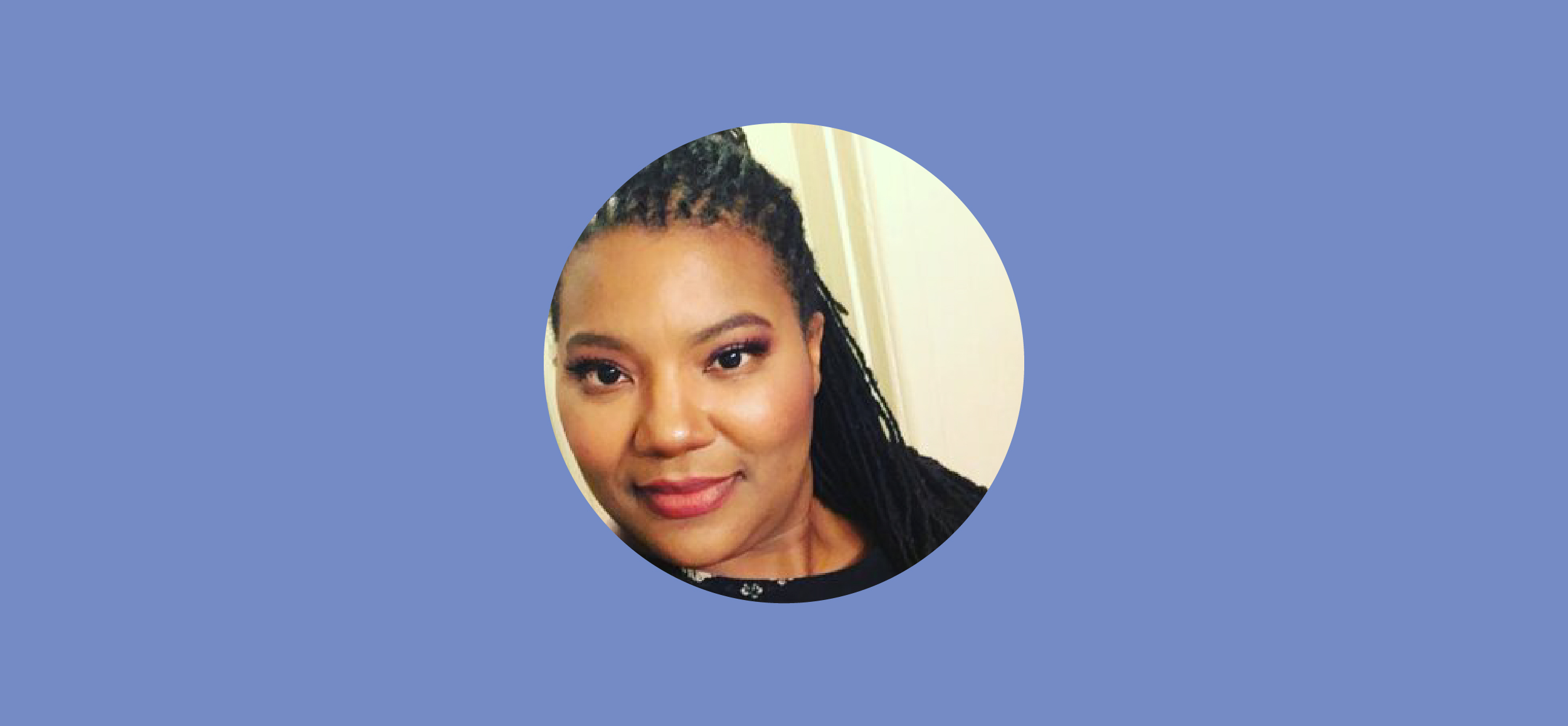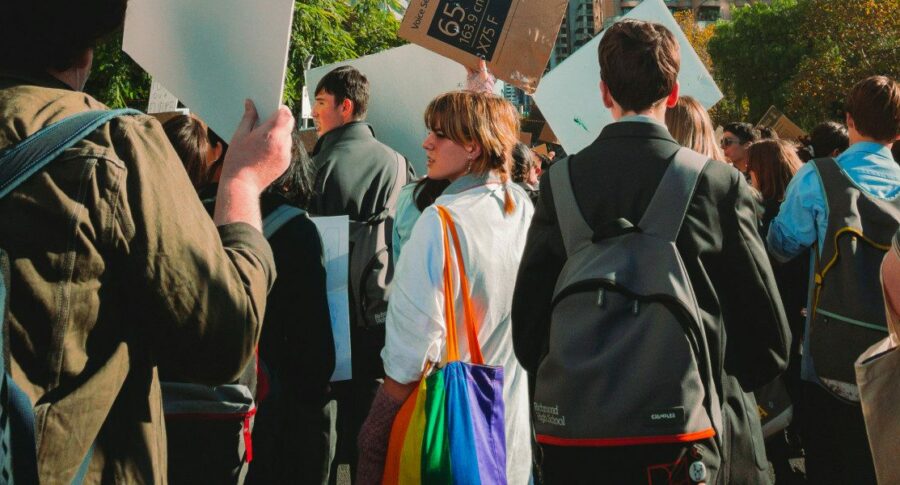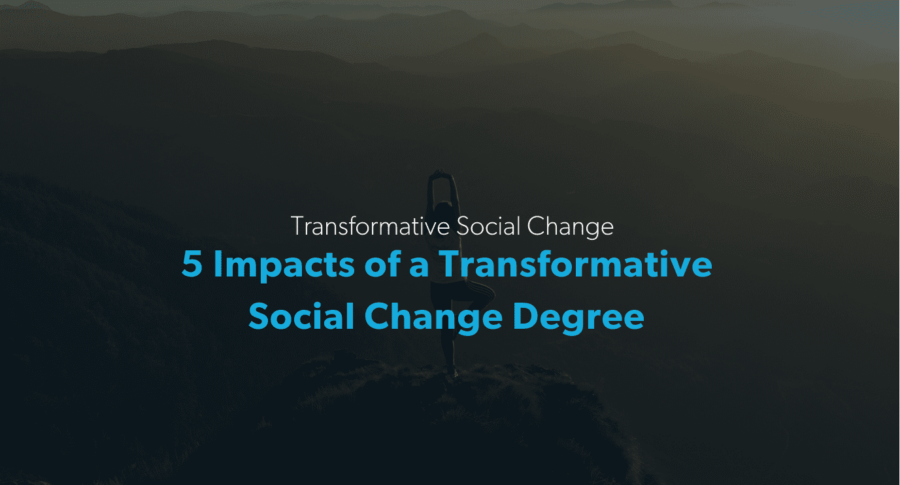What day is it? Is it April or August? Is 2020 over yet?
These are questions that many of us have found ourselves pondering the last five months. Did you know that according to neuroscientists, there is no organ or system in the body that is responsible for keeping time? For those of us who entered lockdown in March, time since has seemed to simultaneously whiz by and stand still. Time is no longer marked by the same daily routines and work schedules, leaving some of us struggling to know what day, month, or hour it is. Once the world shuttered into stay-at-home mode, we were all forced to find ways to bide our time.
All at once, everyone seemed to become a baker, letter writer, knitter, hiker, or avid puzzle-worker. Some have taken up gardening or cooking healthily. Others of us are just surviving, and that is OK too. It is difficult to see the silver lining of such a horrific pandemic, but it is clear that while the world slowed down, humanity did gain perspective and revisited old hobbies and passions. Some families are spending more time together than ever before, with parents and teenagers truly getting to know each other before life draws them apart again.
We talked to a few members of the Saybrook community to see how they are faring and found many examples of positivity and resilience in these agents of change.

Saybrook alumna Stacey Heiligenthaler, Ph.D., Director of Pupil Personnel Services at Norwalk Public Schools: I live in Connecticut with my husband and son, about 50 miles outside of New York City. We quarantined starting in early March when the pandemic began. Being so close to the epicenter really affected how quickly and the degree to which quarantine measures were taken. During that time, my husband and I worked remotely, and my son completed his junior year of high school. Even now I am working 50% in person and 50% remotely to ensure social distancing in the office.
Saybrook alumnus, Morrice Apprey, Ph.D., Clinical Director at Southern California Neuropsychology Group: During the COVID-19 pandemic, I have resided in Los Angeles. I live with my wife and daughter and have a son who is now living in Tennessee. During this time, I have primarily worked at my office seeing most patients via teleconference. On some occasions, I would see patients via teleconference at our home. This allowed me to support my wife on occasion as she became a mandatory teacher supporting our 3-year-old daughter’s classes on Zoom.
Saybrook faculty member, Shaun Hains, Ph.D.: I grew up within the Northern Wilderness around the Great Lakes, and now I live with my husband in the prairies. Both of our children are working and leading within the workplace. I work with a large school district, and during these times electronic platforms were used to help the student. I also work with the Global Clinical Practice Network of the World Health Organization. I am in a quick learning time with them while working with Native psychologists in Canada and the United States to learn alongside the WHO. The electronic platforms have helped, and we have been able to maintain connected wisdom and caring.
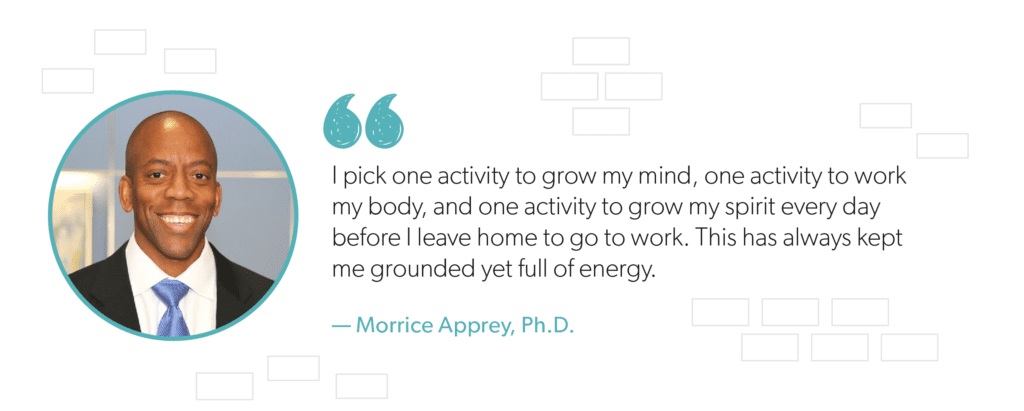

What were some challenges you encountered?
Dr. Heiligenthaler: I found it very difficult to separate “work” time and “personal” time because I was working from home. It seemed as if the work day continued late into the evening, partly because I am a director for a school district and I had a lot to do to turn in-person learning into virtual learning for students, and partly because I had no place to go or activities to participate in. It was also during the beginning of quarantine in April that I defended my dissertation. I went from working full time and rushing home to work on writing my dissertation, to having an excess of spare time. Not only was I adjusting to quarantine, but also to not being a student. It was (and still is) quite a mental shift.
Dr. Apprey: I have diligently promoted that the quarantine be a place of growth for people so that there could be a sense of hope. As a clinician, my personal life has not been negatively impacted by current events but the significance of my work has increased. I have consistently had approximately 35 sessions per week. The patients have helped outline for me some of the issues that many have experienced during this time at home. Many children have struggled with feeling isolated and coping with the use of technology. Numerous single adults have struggled to have limited contact and have used sessions to have someone to speak with on a consistent basis. Many people feel depressed as they do not feel like they are of any use while they are not working. Adults with families are spending time together yet some are more confrontational and come to therapy to work on underlying problems exposed by the pandemic. Single parents who are working are often frustrated as they are attempting to balance work with teaching their children material they do not remember and reducing the use of overstimulated children entertained by social media and video games.

What about surprising benefits?
Dr. Heiligenthaler: Some of the good habits we developed were cooking and eating dinner together every night. Due to our busy schedule prior to the quarantine, we ate together as a family two to three nights a week, and often late after everyone made it back home from their activities. Now not only are we eating together every night, but we are also eating in and healthier. I am lucky that my husband is a wonderful cook and has kept our meals exciting. Another good habit was walking my dogs daily. Between the daily walks and having everyone home, they have really enjoyed the quarantine.
Dr. Hains: Living in a rural setting, I saw eagles, deer, ducks, and other wildlife. This is important for Indigenous health and the health of the land, as it is our love. There is a deep connection with people from Africa, mahetuya-deep and profound, in Sioux culture. The history of this connection with schools in Canada is a part of the history of the Swampy Cree women and the Huron women. Through the days of the fur trade and food trade, I have the documents now of how vital these connections were, from the Paddlewheelers to the bush, to trade, to schools.
The work of human rights by the Sioux in Washington is well-known. There were many Native American nations involved. The Hebrew people found safety in the woods as well. The deep and profound truth of the connection between healthy land and healthy people that may continue to exist. A history. Depth of change, depth of the love of many nations, the depth of leadership and fluency of collaboration.
I was indeed fortunate that the community had asked for the deeper dialogue prior to the events of concern and the pandemic. This sharing and broadening was easier with the platforms already hard at work. Because of working with the WHO, I was able to present about Indigenous utmost care while working in collaboration with many professions and how it relates to our current time.
Dr. Apprey: As a result of getting to support these patients, I am quite energized by doing what I love yet painfully aware of the rapid crisis that is affecting so many people at one time. When not working, I have had more time to attend my own medical appointments for a chronic kidney disease and love every minute of the time with my family. Although I am still working, we too have had more time together in this unprecedented time.
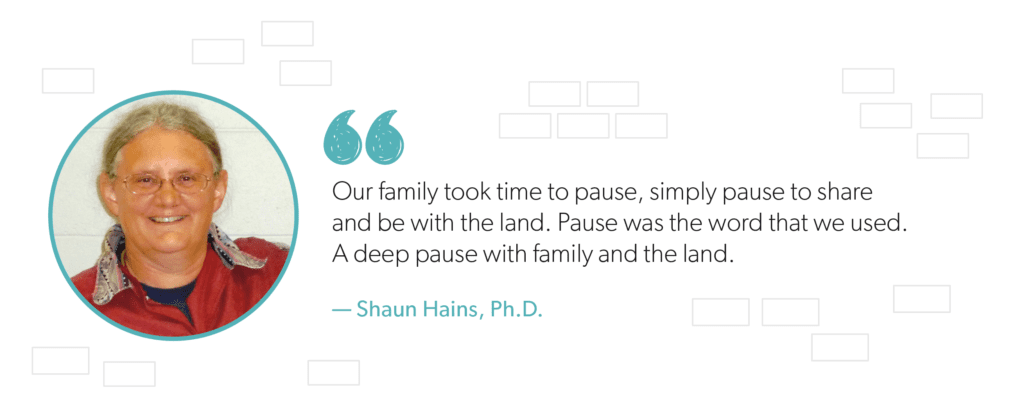

Did you pick up any new habits—good or bad? Hobbies—old or new?
Dr. Hains: I learned about industrial and organizational psychology platforms nationally and became aware of networking this for the school district, our graduating class, the community, and the workplace. The professionals worked together well, and we paused to evaluate regularly. The systems did work well and the hard work was coordinated with mental health services. My hobbies, perhaps less so, were simply pausing to be with the land and share family times.

When we think of our interconnectedness and the ways that we all want to connect, do you think there may be things we carry forward past this time?
Dr. Apprey: Presently, patients and family send emails, make phone calls, and message or meet via Facebook, Instagram, LinkedIn, Skype, Google Duo, and Zoom. If I have any more contact in any other forms of communication, I may turn into a patient.
I’ve always said that every day I wake up is a blessing. Everything else is a bonus. In my family, my father has always said, “learn in times of a recession.” My mother’s family has always said, “love everyone.” During this pandemic and the days ahead, I think it’s best to be grateful when we can wake up, keep learning, and keep loving regardless of the circumstances.
Dr. Heiligenthaler: I think that the pandemic has shown that we are connected as a community. Even in quarantine, there are ways to help community members. This includes ensuring that children and families have meals, and delivering PPE or meals to our essential workers. The community is only as successful as its most struggling member, and I saw the community come together and ensure that those who are struggling were supported. I feel lucky that not only do I live in a community that provides support, but that I have also been able to take part in those opportunities.
Dr. Hains: The message of love amongst many histories holds true and the focus on utmost care for children, family, community, nations, and land has a new focus with the elderly. The elderly have historically provided feedback on care and dialogue within the community. The historical truths were so commonly known that it was easier to explain and speak or demonstrate a deep love amongst histories that continue today. The histories and that deep love needed to be validated in the early winter times, and then the pandemic began. The strength of the truth with greater wisdom working together became so immediate.

Learn more about Saybrook University
If you are interested in learning more about the community and academic programs at Saybrook University, fill out the form below to request more information. You can also apply today through our application portal.
Find Out More
Recent Posts

